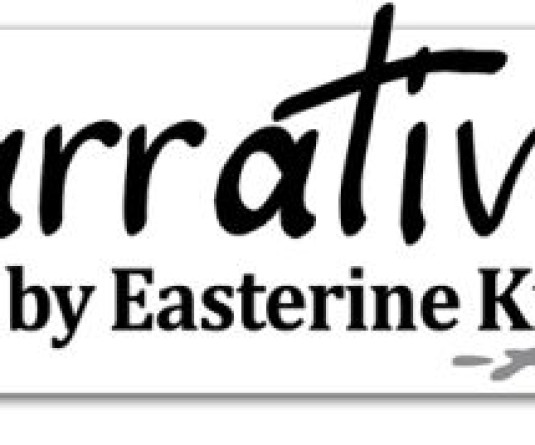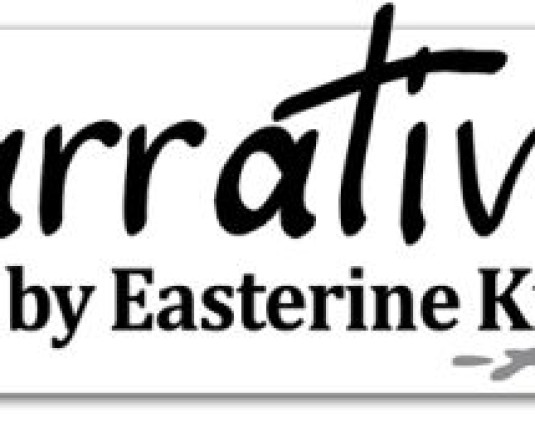
Constructed identities, not constructive identities. I have never heard of the latter.
What are constructed identities? Not unlike social constructs they are identities given to people groups by others. As time passes and as the elders die off, the younger ones come to believe that the constructed identity given to them is their real identity. Keeping it very simple, we could say the labels, ST/SC are constructed identities. Backward tribe, Forward tribe are all constructed by governments to serve a purpose. The danger is that some labels carry derogative connotations. For example, the term ‘tribal’ often carries these unspoken associations
- Uneducated
- Superstitious
- Low standard of living
- Low morals.
In cities of India the term Northeasternersbecame a constructed identity conveying a certain physical appearance and a certain way of behaving. Constructed identities are directly related to stereotyping. Stereotypes about the Nagas insisting that Nagas are violent people, that Nagaland is a disturbed, conflict zone as well as that Nagas eat anything that moves, have all contributed to creating a constructed identity of the Nagas. People who have never visited us often rein in their curiousity with the question, ‘But is it safe?’ The constructed identity of Nagaland as an unsafe place and of the Northeast as a raging conflict area, was created and sustained by tabloids like Northeast Sun from the 1970s. It thrived on its collection - ‘The Northeast is burning’ images and stories and effectively created an identity for us that was sensational and exotic. It has done enough harm because years of successfully feeding an unsuspecting reading public has seared an image into place of the Northeast and Nagaland. It is an image that struggles to be erased by the reality. No wonder first time visitors are always amazed when they actually see for themselves that life is very peaceful here, for the most part, and that we are not killing each other or burning each other’s houses and cars as the tabloids would have them believe.
Constructed identities are also created when a new place is interpreted by a person who is not acquainted with the culture of the place. The accounts of Chinese and Greek travellers hundreds of years ago left their impressions of the people and the place even if they appeared in cursory notes as, ‘the realm of the naked.’ These things are all interrelated – stereotyping, marginalising, and imposing a dominant narrative.
Therefore it becomes essential to resist the stereotype. Resist it by finding peaceful ways of solving a conflict. Resist it by continually showing that Nagas can also protect animal rights and conserve migratory birds.
Dominant narratives
In Europe the dominant narrative sounds like this:
‘Immigrants are lazy.’
‘Immigrants are taking away our jobs’
‘Immigrants bring crime.’
A big percentage of this is true, but it is not fair to apply it to all immigrants since people come from all kinds of geographical regions and all kinds of work cultures, and all kinds of community cultures.
The dominant narrative is not innocent. It is there to serve the interests of the dominant group. It creates a stereotype, a social construct that can ultimately be used to justify certain actions, (for example, police brutality against coloured people), and convince others or convince themselves they were acting in the interest of public safety or a number of other reasons.
The dominant narrative in India is rearing its head again in the threatened imposition of Hindi. It has already had its way with food politics and the effective banning of beef eating.
Beyond language and food politics, the dominant narrative interferes with identity. It is so loud that it threatens to silence the minority narratives. The danger it presents is that the narratives that correctly represent the minority groups could be subsumed under the dominant narratives. Suddenly it has become politically incorrect to use certain terms or describe oneself by faith experiences. Even academia has become dictatorial in that it rejects use of religious terminology in scholarly work. Dominant narratives are far reaching. It seeps into all levels of life.
Dominant narratives always try to homogenise and bring everyone into agreement on their point of view. Homogenisation happens when people accept the dominant narrative definition about themselves. Then they lose their sense of self, and sense of identity and uniqueness. So much stands at risk when a sustained homogenisation process is in motion. We are not homogenous. We are human beings, all of us put in our God-given geographical territories from which location we reflect the cultures that are also God-given.






